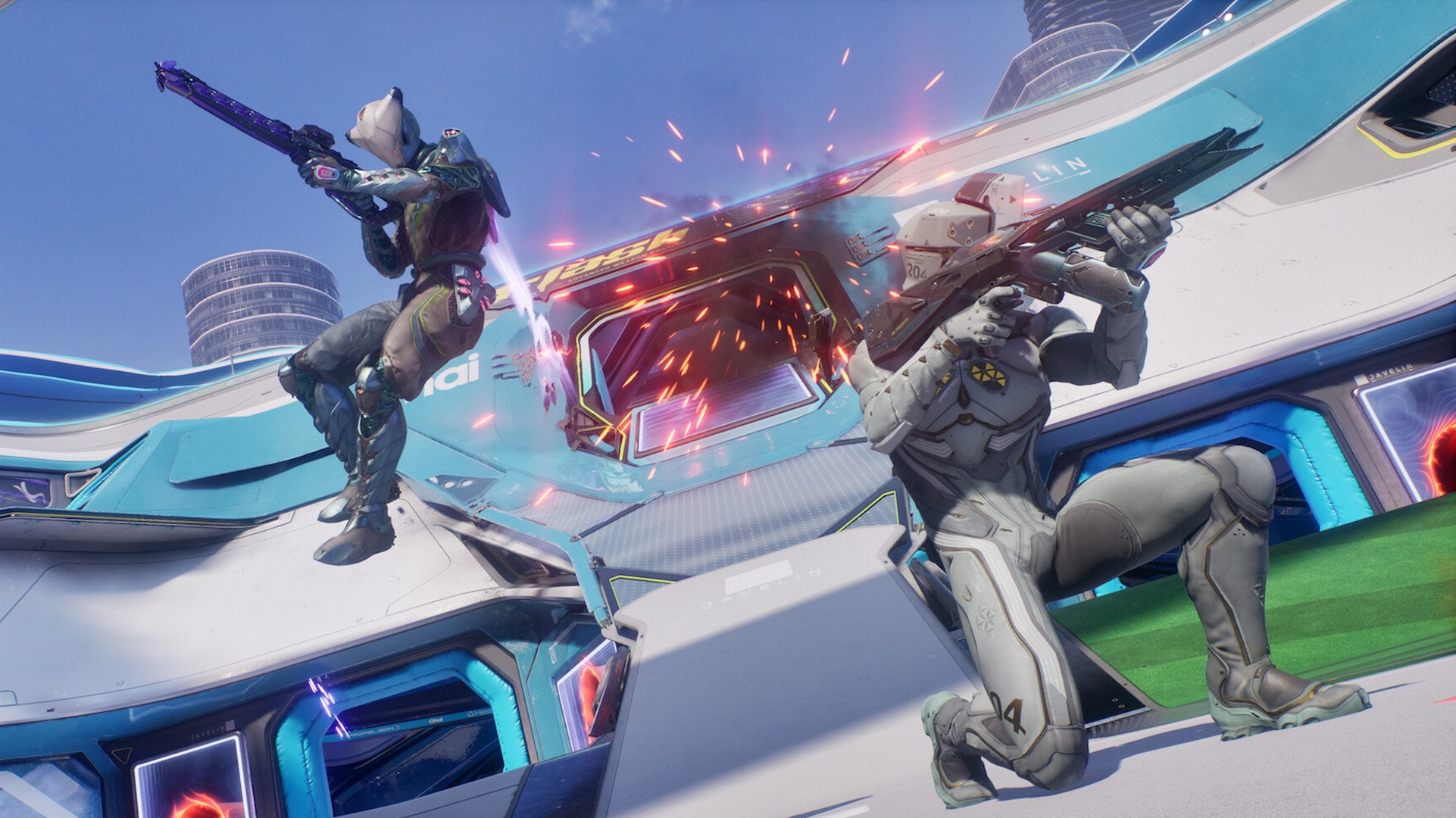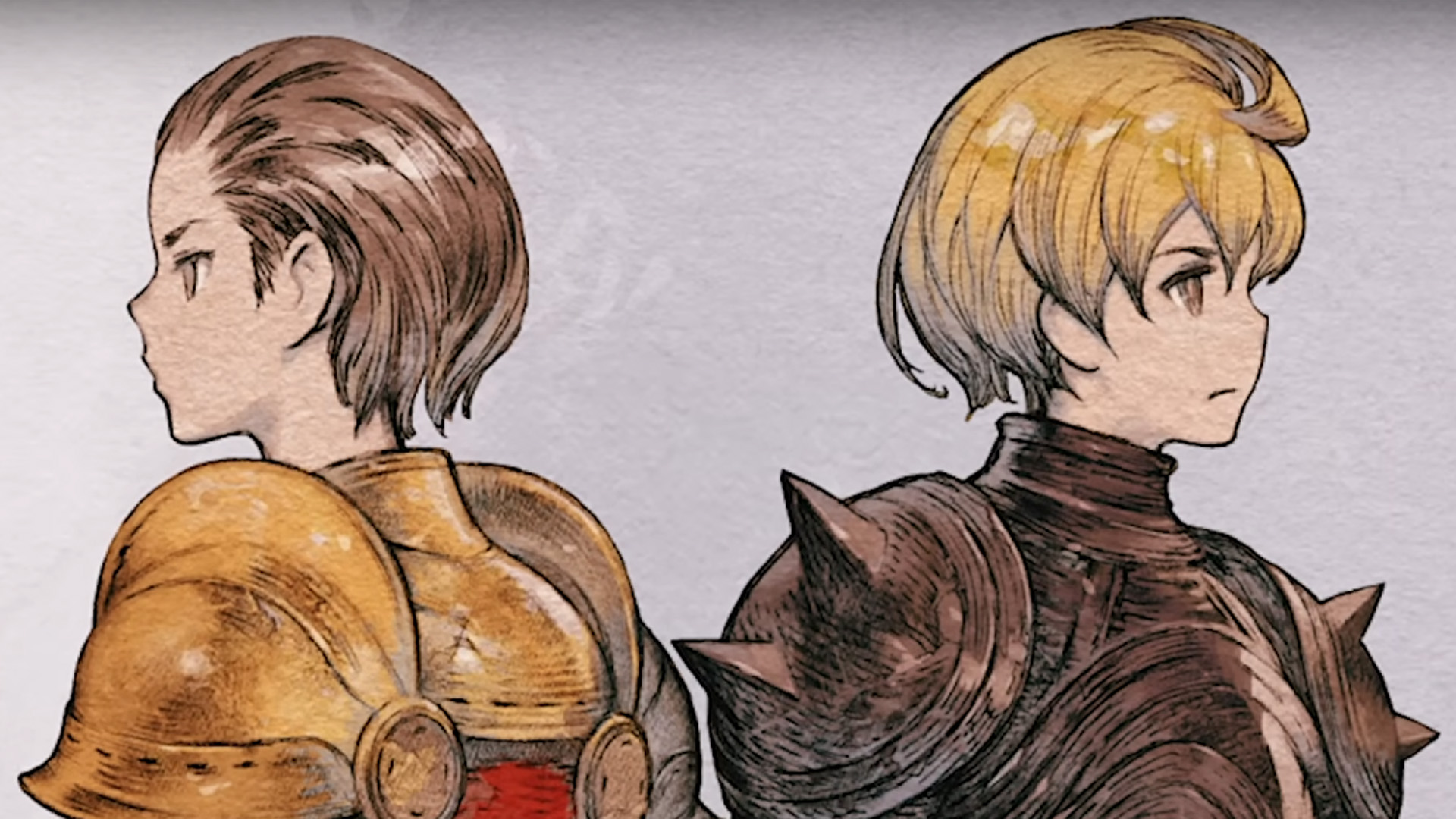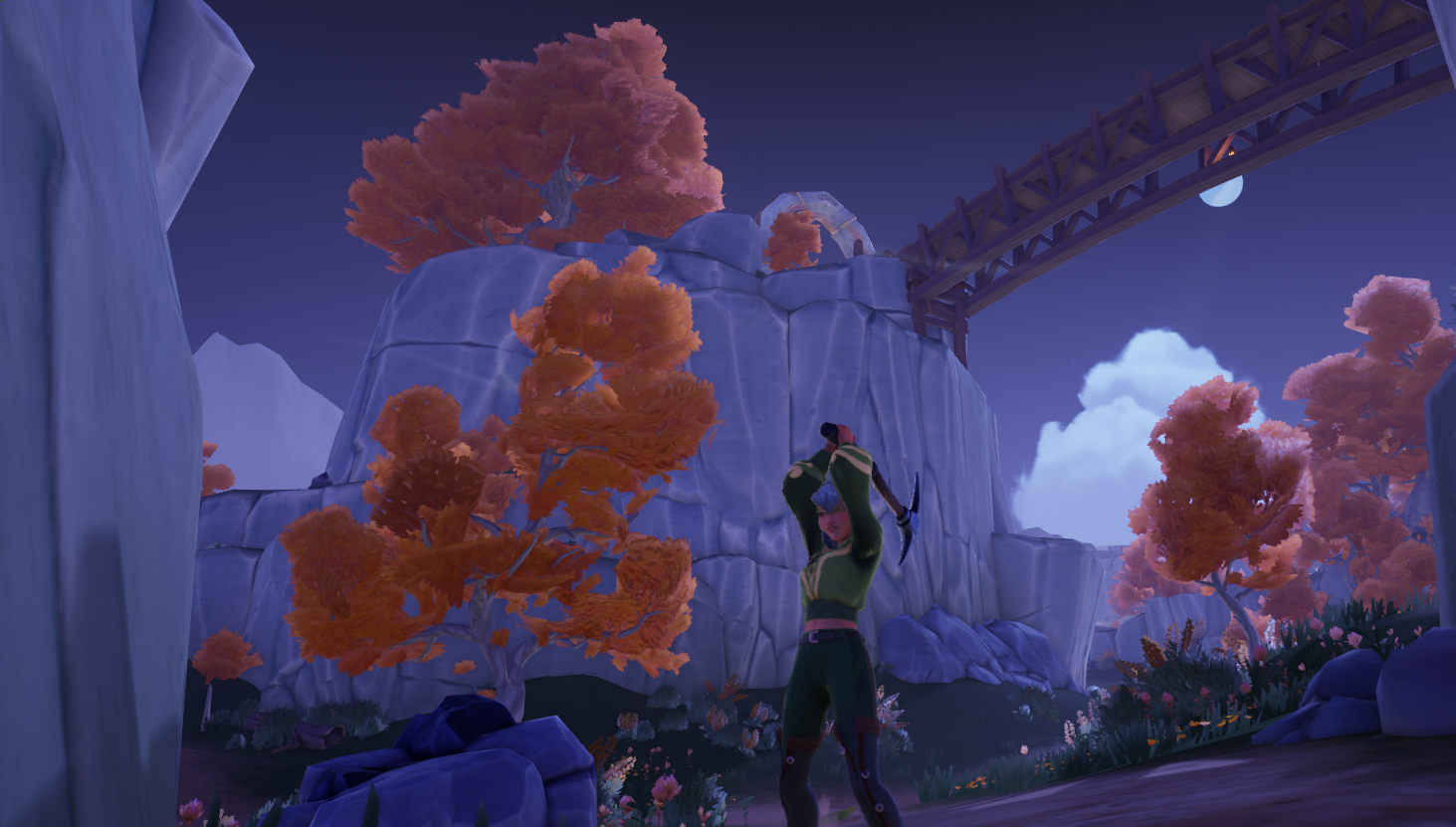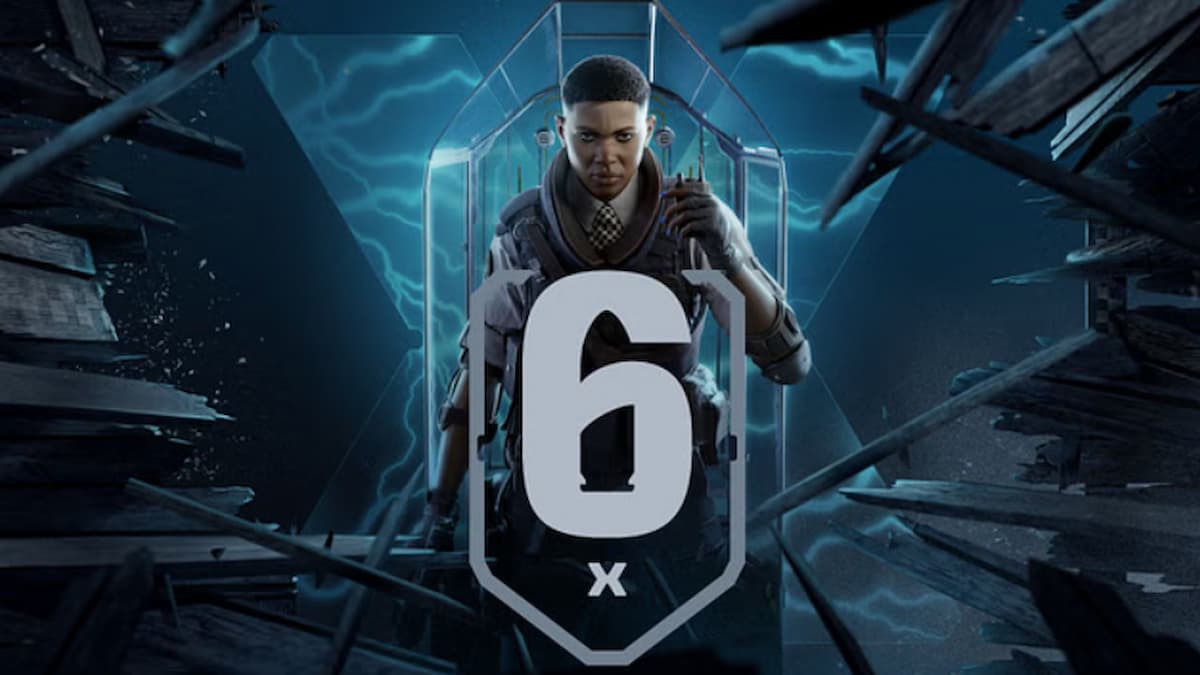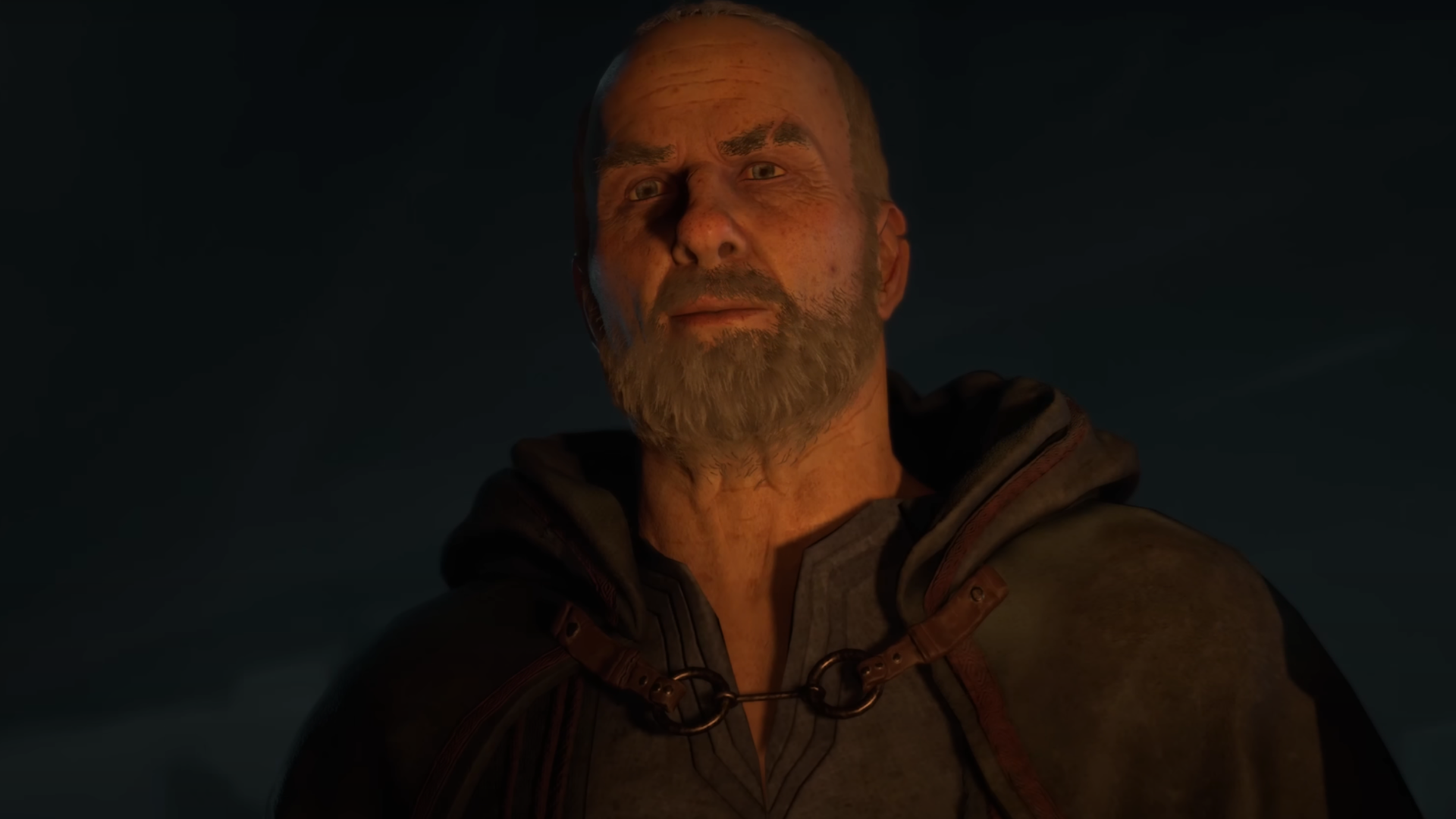
I want to break free.
Diablo 4 just isn’t hitting that ARPG itch for me, and it’s because I feel like I’m arguing with it all of the time. The game feels more concerned with how it limits experimentation, its systems seemingly set in place to make changing up your build so painful it’s best not to bother.
Don’t get me wrong, I’m okay with where my druid landed—a werewolf shred-storm hybrid with disgusting amounts of Fortify—but I find myself mourning all the interesting legendaries I salvaged. There were dozens of builds I wanted to try along the way, but I never felt empowered to do so. Instead, my choices became a prison.
My big boy is a cage
Until Diablo 4’s endgame, the only build development you get to do outside of gear is limited to a set of radial nodes you unlock one after the other. This has the upshot of not overwhelming players new to the genre—Path of Exile is infamous for dumping a spiderweb of options right at your feet—but it also feels like too harsh a yaw in the other direction.
It doesn’t help that you never have quite enough skill points to do what you want. One of the most sought-after item affixes is a plus one or two to your most-used skills, as you’re unlikely to rank them to 5 while having enough spare for all those juicy passives which make a build sing.
Then there’s Diablo 4’s obsession with Legendary Aspects, which really kicks in the closer you get to level 50. These character-shaping items are attached to items, either as part of the package or stamped onto them for a fee. They’re big enough cornerstones that losing one or two can make your build fall apart, which makes me wonder why they weren’t put on a skill tree somewhere instead.
(Image credit: Blizzard)
Whenever you want a change of pace, you’re forced into a resource management minigame called “do I have enough of these little crystals to change things up?” For a complete build rework, the answer is usually “no.”
The Paragon Board also fell short for me. It’s definitely the most interesting, granular part of Diablo 4’s build system, but to really get into it you need to commit to a hefty endgame grind. Crawling your way across a desert of flat ability improvements just to get to something interesting felt like far too much after 40-plus hours of gear ennui.
Then there’s respeccing: at level 100, a full respec costs millions. This, to me, is the most baffling blemish on Diablo 4’s design, because I have no idea who it serves. Is my gameplay experience enhanced by needing to take out a mortgage just to try a different playstyle? It’s a gold sink, sure, and those are important for online economies, but do I care about that in an ARPG? Grim Dawn didn’t have to worry about that.
I started thinking about Grim Dawn a lot while playing Diablo 4.
Darkest after the dawn
(Image credit: Crate Entertainment)
Grim Dawn isn’t a Triple-A experience. Still, it did really well for itself, landing kickstarter funding in 2012 and releasing in 2016 to the eventual tune of 3 million copies sold. It was developed by Crate Entertainment, made by several devs from another classic ARPG darling, Titan’s Quest.
It has a similar skill point system to Diablo 4. Both games ask you to pump points into a linear track to unlock additional powers. These tracks are determined by your class—called a “mastery” in Grim Dawn—and they form your build’s bread and butter. The key difference? In Grim Dawn you get two of them. It’s not even a late-game unlock, you choose your second mastery at level 10.
This gives you an absurd amount of build variety from the word go. In my playthrough, I combined Soldier and Shaman, slung a two-hander over my back, and hit things so hard they exploded into chain lightning. Pair Nightblade with the Occultist and you get a curse-slinging Witch Hunter—choose Arcanist instead of Occultist, however, and you’ll be freezing your foes to death as a Spellbreaker.
(Image credit: Crate Entertainment)
The Paragon Board equivalent, the Devotion system, is unlocked early on as well. It’s a grind that happens parallel to your skill increases, instead of creeping in as an endgame treadmill.
There’s a parallel to Legendary Aspects in the form of Legendaries and “Monster Infrequents”. While these are build changing—retooling skills and changing damage types—they’re not a requirement for getting a solid build up and running. This means that if you find one you like, you don’t have to replace an entire set of crucial gear to start building around it.
This has the perk of making respeccing, which does cost currency, far more affordable. If a certain piece of gear is vital to your build, you’re also likely in the endgame anyway, with a bunch of resources banked and good ways to grind out Iron Bits—and you don’t have to replace a bunch of Legendary Aspects just to get things working.
I rarely felt like I was arguing with Grim Dawn in the way I bickered with Diablo 4. The game set me loose in a maze full of possibilities, with just enough direction to avoid getting lost.
I can’t go back
(Image credit: Tyler C. / Activision Blizzard)
There’s some heavy asterisks next to the praise I’m giving Grim Dawn here. The game had a retro feel even in 2016, and the gap’s only widened since then, making it feel pretty dated in 2023. Diablo 4 has that streamlined Blizzard polish going for it. My druid’s stormy werewolf strikes have weight and impact, lulling me into that white-noise grinding rhythm. Meanwhile Grim Dawn has a classic crunchiness to it that’s charming, but distracting.
This becomes even more apparent when reading item descriptions. In Diablo 4, I generally understand the difference between salvage trash and an upgrade—usually it’s salvage trash—within a few moments. Puzzling your way through a Grim Dawn item, however, can feel like reading a list of specs for a new PC, flooding you with dry percentages and numbers.
Grim Dawn’s also a contained experience. There are two great expansions, Ashes of Malmouth and Forgotten Gods, but it’s not an always-online mainstay you could conceivably play for years. For all my faults with Diablo 4, I’m genuinely excited to roll up a fresh dude for the new season.
And yet: Grim Dawn is a game you can actually finish, and I wonder if its staggering build freedom is a reflection of that. Blizzard has to maintain an ecosystem for Diablo 4 because it’s something they want people playing for years, which was never a goal for Crate Entertainment. Someone finding a busted build doesn’t really matter, because you’ll never run into them unless you were already friends.
Sadly, this need to tip-toe around player agency has me feeling constrained by Diablo 4. I hope the seasonal mechanics, such as the upcoming Malignant Hearts, will shake up the formula. But so many of these restrictions—stingy skill points, linear class trees, an overreliance on legendary aspects, and slow-burn endgame power systems—make up Diablo 4’s bones.
So I worry the things holding Diablo 4 back are innate and will never change. Maybe I’ll always be left wanting to scrub my memory so I can revisit Grim Dawn with fresh eyes, and enjoy a game where I can play in the space, rather than just playing along.

